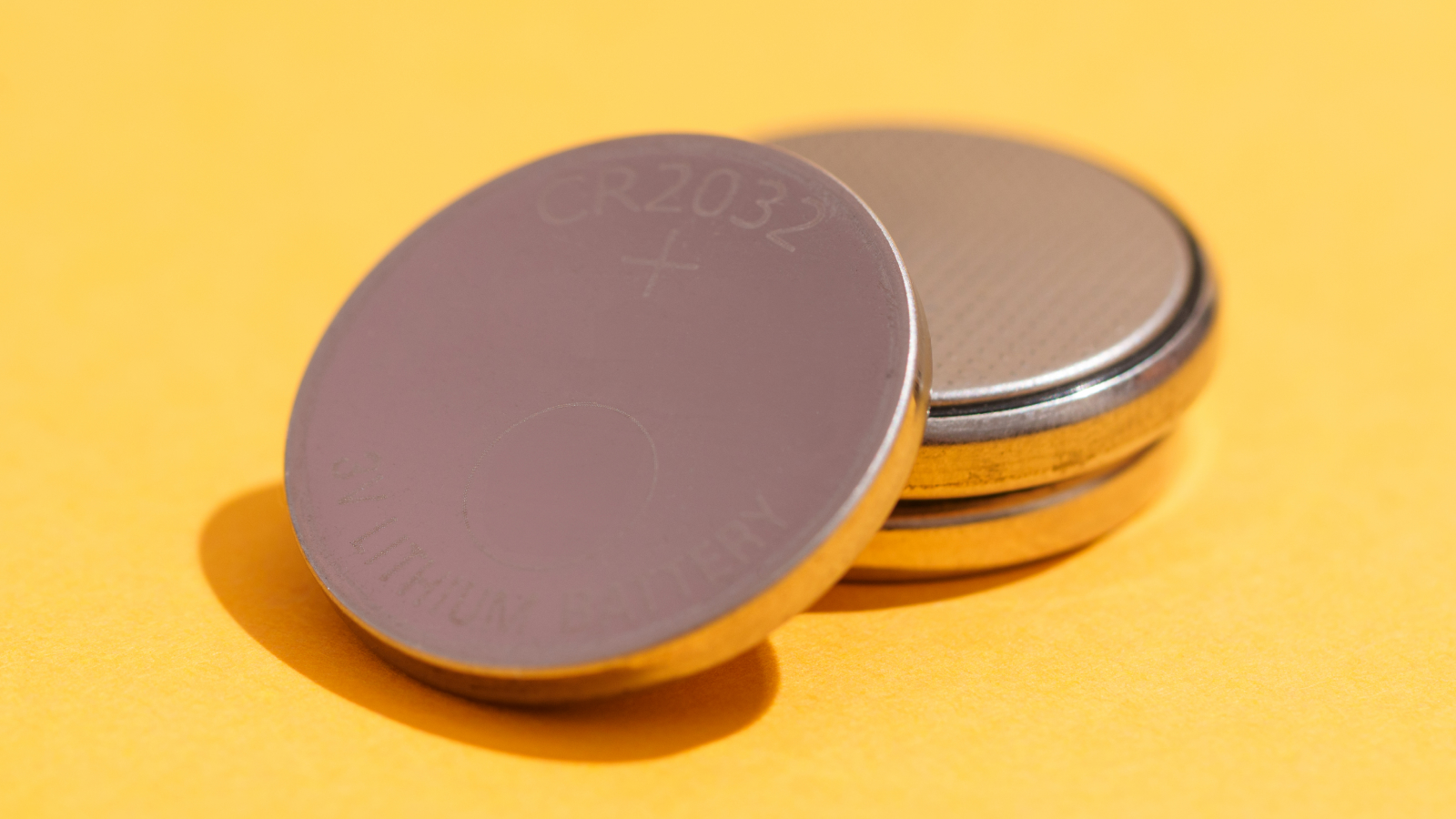IJMS, Vol. 25, Pages 1818: Production of Bioactive Porcine Lactoferrin through a Novel Glucose-Inducible Expression System in Pichia pastoris: Unveiling Antimicrobial and Anticancer Functionalities
International Journal of Molecular Sciences doi: 10.3390/ijms25031818
Authors: Chih-Ching Yen Pei-Ying Wu Huan Ou-Yang Hsiao-Ling Chen Kowit-Yu Chong Ro-Lin Chang Chuan-Mu Chen
Lactoferrin (LF) stands as one of the extensively investigated iron-binding glycoproteins within milk, exhibiting diverse biological functionalities. The global demand for LF has experienced consistent growth. Biotechnological strategies aimed at enhancing LF productivity through microbial expression systems offer substantial cost-effective advantages and exhibit fewer constraints compared to traditional animal bioreactor technologies. This study devised a novel recombinant plasmid, wherein the AOX1 promoter was replaced with a glucose-inducible G1 promoter (PG1) to govern the expression of recombinant porcine LF (rpLF) in Pichia pastoris GS115. High-copy-number PG1-rpLF yeast clones were meticulously selected, and subsequent induction with 0.05 g/L glucose demonstrated robust secretion of rpLF. Scaling up production transpired in a 5 L fermenter, yielding an estimated rpLF productivity of approximately 2.8 g/L by the conclusion of glycerol-fed fermentation. A three-step purification process involving tangential-flow ultrafiltration yielded approximately 6.55 g of rpLF crude (approximately 85% purity). Notably, exceptional purity of rpLF was achieved through sequential heparin and size-exclusion column purification. Comparatively, the present glucose-inducible system outperformed our previous methanol-induced system, which yielded a level of 87 mg/L of extracellular rpLF secretion. Furthermore, yeast-produced rpLF demonstrated affinity for ferric ions (Fe3+) and exhibited growth inhibition against various pathogenic microbes (E. coli, S. aureus, and C. albicans) and human cancer cells (A549, MDA-MB-231, and Hep3B), similar to commercial bovine LF (bLF). Intriguingly, the hydrolysate of rpLF (rpLFH) manifested heightened antimicrobial and anticancer effects compared to its intact form. In conclusion, this study presents an efficient glucose-inducible yeast expression system for large-scale production and purification of active rpLF protein with the potential for veterinary or medical applications.

 3 months ago
29
3 months ago
29


